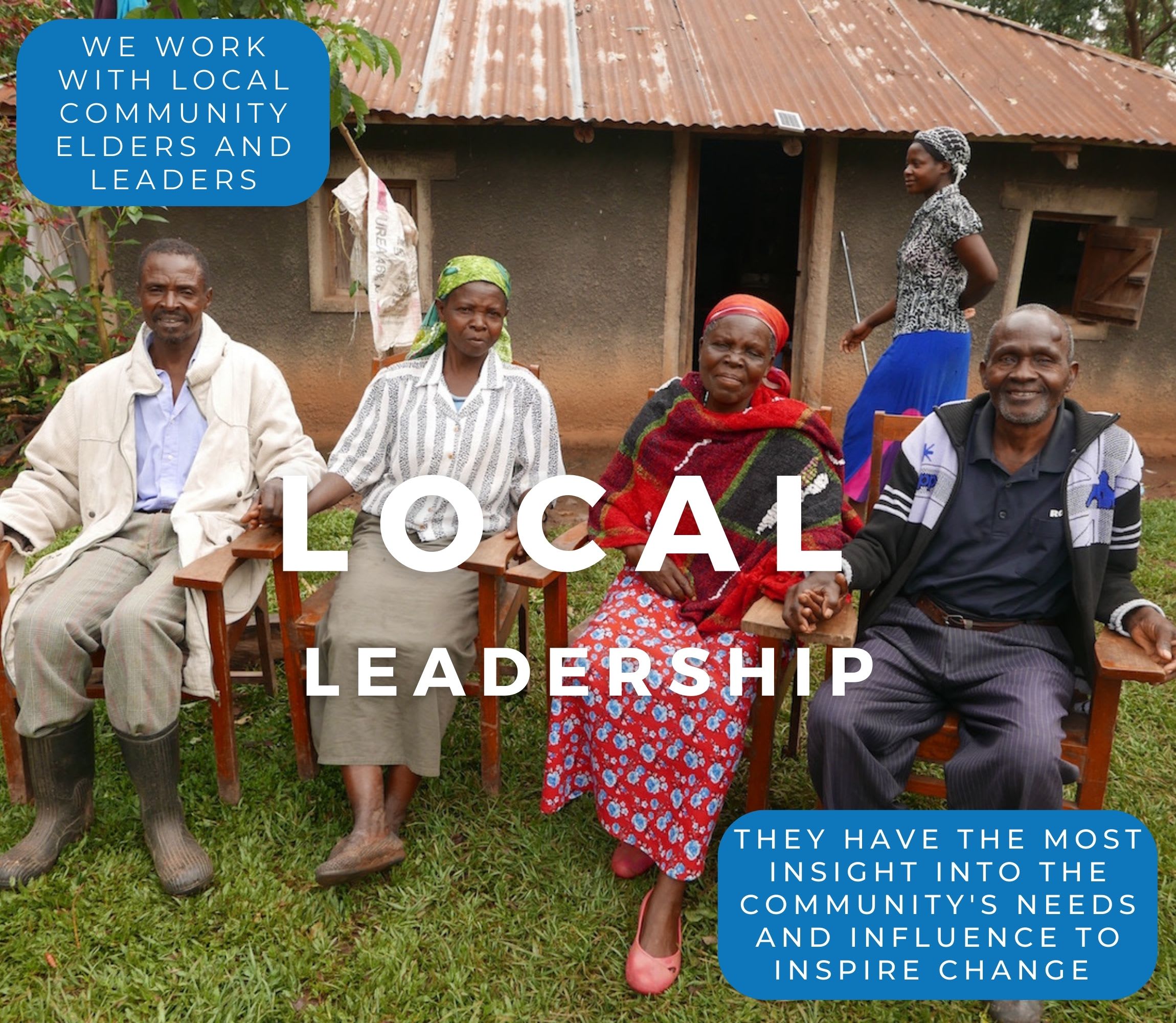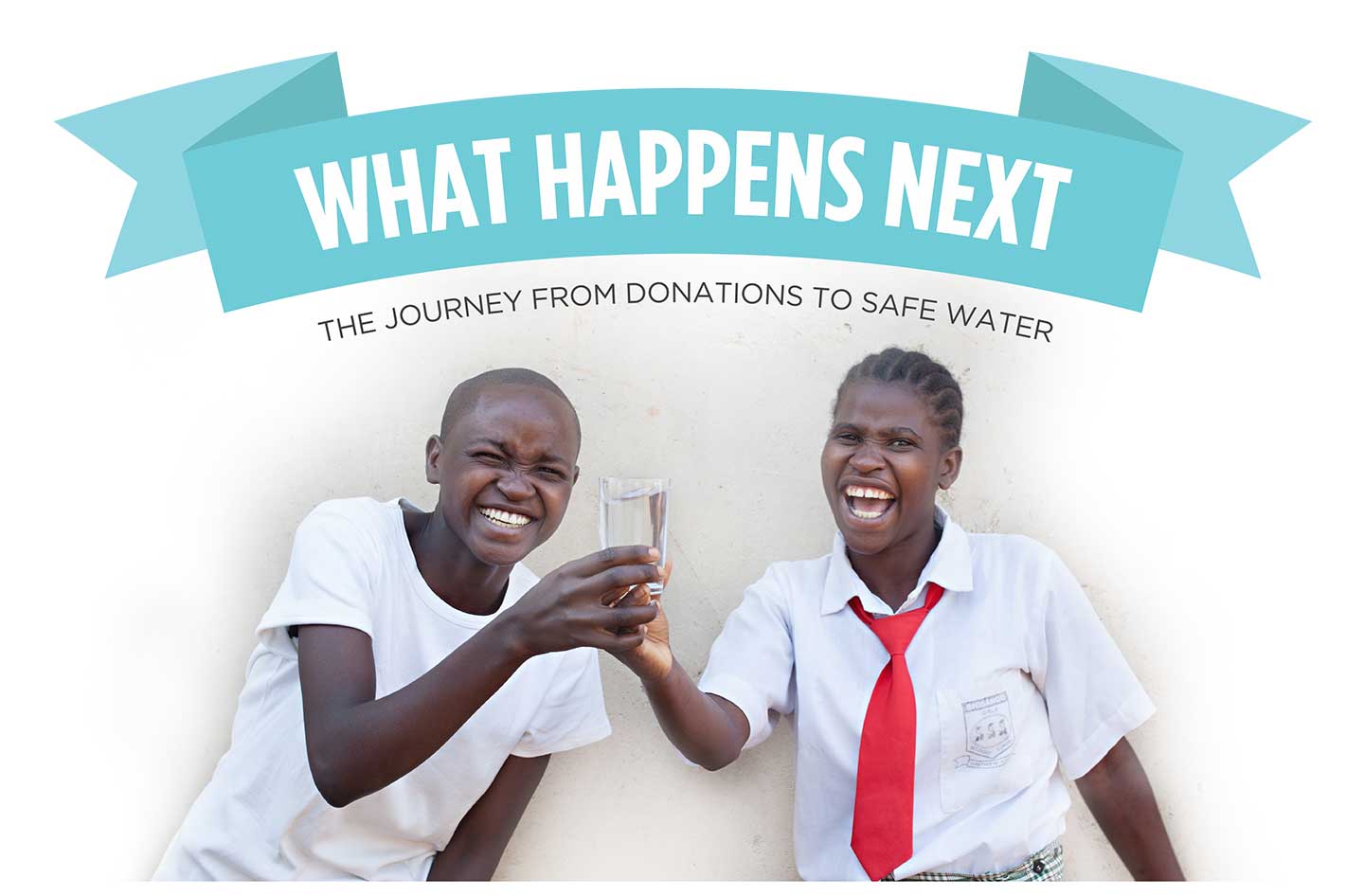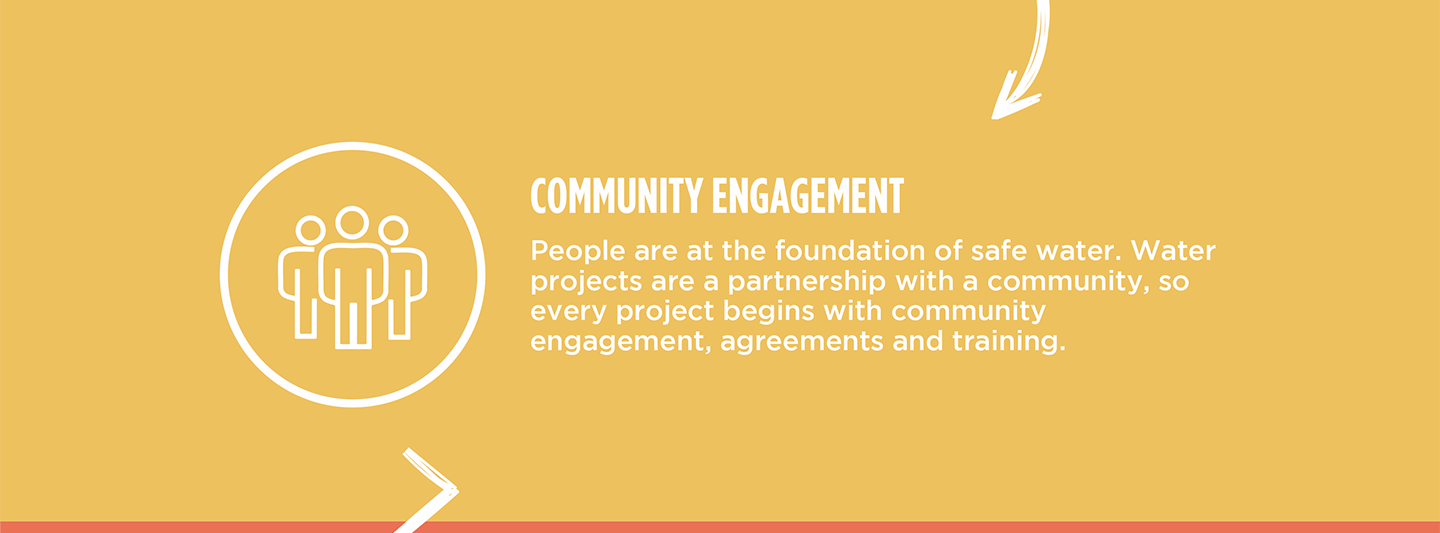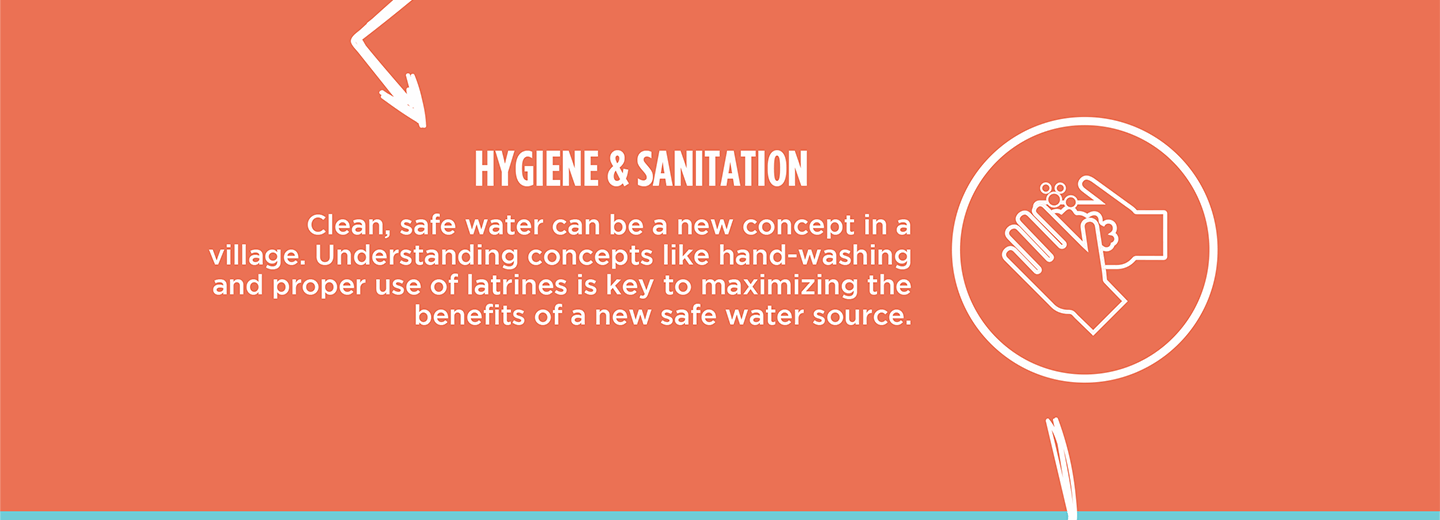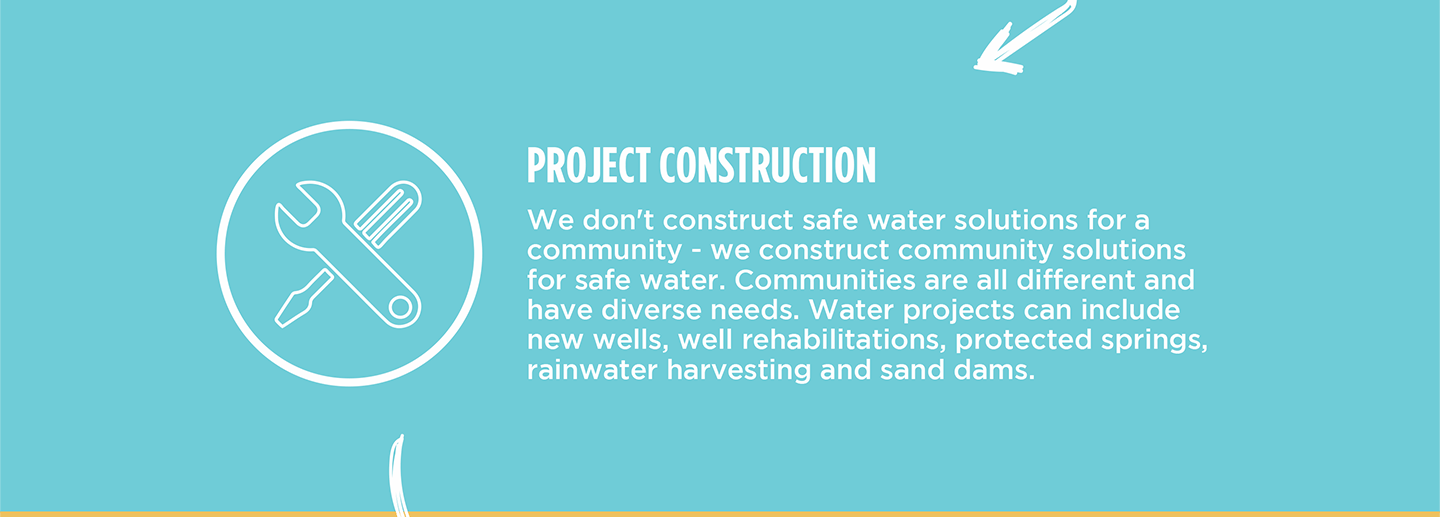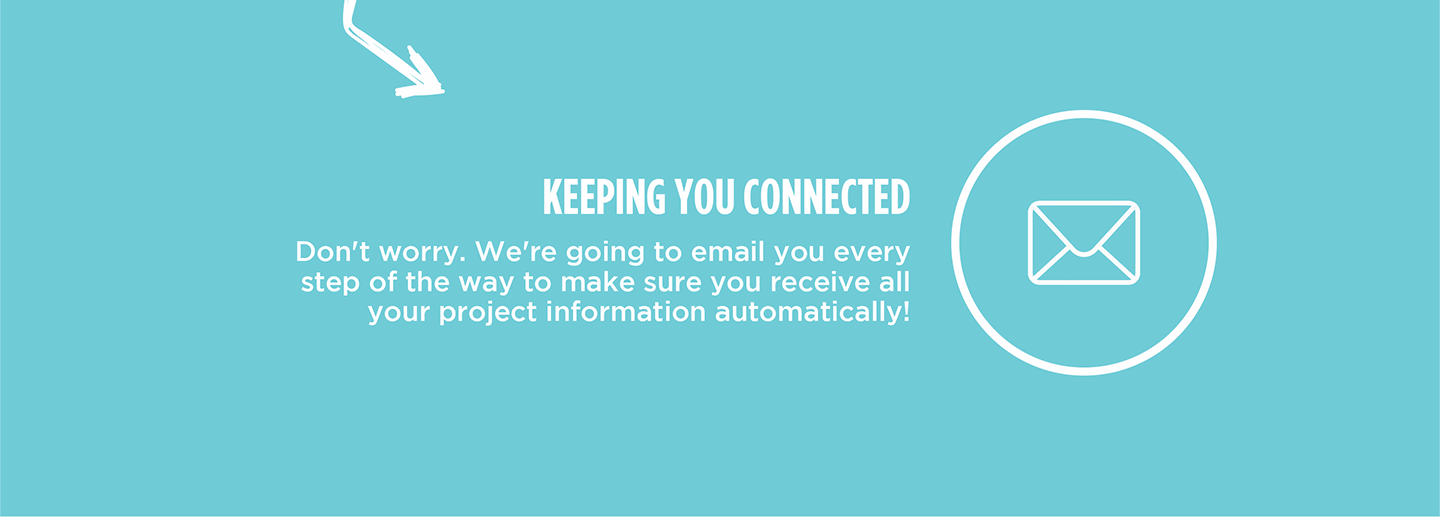The Gidagadi Health Center employs four staff members who do their best to care for 50 outpatients a day. However, this is not easy without access to sufficient, safe water.
Field Officer Mitchelle Ijaza described the current water sources available to the center's workers: a small rain tank and a contaminated local spring.
"The facility has a rainwater harvesting plastic tank of about five thousand liter capacity. The tank doesn't provide sufficient water to the facility and its clients, especially when the drought season starts," said Mitchelle.
When their rain tank inevitably runs out of water, the clinic is forced to depend on an exposed community spring. This spring is located a significant distance away, requiring a minimum forty-minute journey, which can be even longer if the area is crowded. This additional travel time puts a strain on the staff, who cannot afford to be away from their responsibilities and patients for longer periods.
Every moment spent collecting water leaves patients untreated.

The faraway, unprotected community spring.
The alternative is for the center to pay a water vendor to collect water for them, but this requires resources they desperately need for medical supplies. Even more troubling is that when there are insufficient funds to hire a water vendor, one of the few staff members must leave to retrieve water. Obviously, this impacts the quality of care that can be provided, putting patients at risk.

"The spring is quite far from the dispensary. The water vendor is always paid a little fee to bring water. The facility has incurred a lot of costs paying the water vendors from its overstretched budget. The support staff have been forced to get water from the spring for hospital use when there are no funds to pay the vendors," said Mitchelle.
Fifty-four-year-old nurse Jackline Akinyi understands the daily struggle all too well.

"We use water to run every activity in this facility. We need water to live so water to me is life. We use water for cleaning, [and] consumption among other activities that run our lives."
"The spring we can get water from is very far from the hospital. The spring's natural eye was altered by the development partners who built a tank there. The spring box was left open. The spring itself is completely worn out and makes me worried," said Jackline.
Water is essential to everyone's life, but it is critical for those who provide medical care. Even more importantly, the water they use to serve patients needs to be clean so that providing it does not cause further harm to people's health when they are already vulnerable.

Patients waiting for care.
"The proposed water solution will solve the water challenge the dispensary experiences. The money being incurred on water would be used for something else; the staff would no longer strain anymore going to fetch water long distances, affecting their service delivery to the people. The proposed water intervention will also help the community around the hospital that is experiencing water shortage and [feel the] strain of [the] long distance to the spring. The patients will have access to clean and safe water for drinking, medicine use, [and] cleaning, among other uses," shared Mitchelle.
Nurse Akinyi shared her excitement about the potential of a new water solution being installed. "We can't wait for the project to commence. This project will make water available at our doorstep. This will enable the dispensary to have enough water for its operations. We will be able to save some money from the one we used to pay for water vendors. The casual workers who have assisted us to get water from the spring will be relieved. The water project will also help the community around because we are ready to open the doors for them to benefit too because this is their facility."
Steps Toward a Solution
Our technical experts worked with the local community to identify the most effective solution to their water crisis. They decided to drill a borehole well, construct a platform for the well, and attach a hand pump.
Well
Abundant water often lies just beneath our feet. Aquifers—natural underground rivers—flow through layers of sediment and rock, offering a constant supply of safe water. A borehole well is drilled deep into the earth to access this naturally filtered and protected water. We penetrate meters, sometimes even hundreds of meters, of soil, silt, rock, and more to reach the water underground. Once found, we construct a platform for the well and attach a hand pump. The community gains a safe, enclosed water source capable of providing approximately five gallons of water per minute. Learn more here!
Handwashing Stations
Alongside each water source, we install handwashing stations at points of care and at the latrines, enabling everyone at the health center to wash their hands. Handwashing is crucial for preventing water-related illnesses within the health center and community. Health center staff will maintain the stations, fill them with water, and supply them with soap, which we will teach them how to make.
Latrines
We ensure there are Ventilated Improved Pit (VIP) latrine blocks that effectively prevent the transmission of fecal diseases. Each latrine will boast a durable cement floor for easy use and maintenance. We’ll ensure at least one stall is reserved for staff, along with gender-separated toilets that include menstrual hygiene facilities and accessible options for individuals with limited mobility.
Health Center Education & Ownership
Hygiene and sanitation training are integral to our water projects. Training is tailored to each health center's specific needs and includes key topics such as proper water handling, improved hygiene practices, disease transmission prevention, and care of the new water point. Encouraged and supported by the guidance of our team, a water user committee comprises a community health volunteer, the staff in charge of the clinic, a community leader, and the health center board representative. They assume responsibility for maintaining the waterpoint, promoting safe hygiene and sanitation practices, and keeping handwashing stations well-stocked.
Safe water and improved hygiene habits foster a healthier future for everyone in the community.
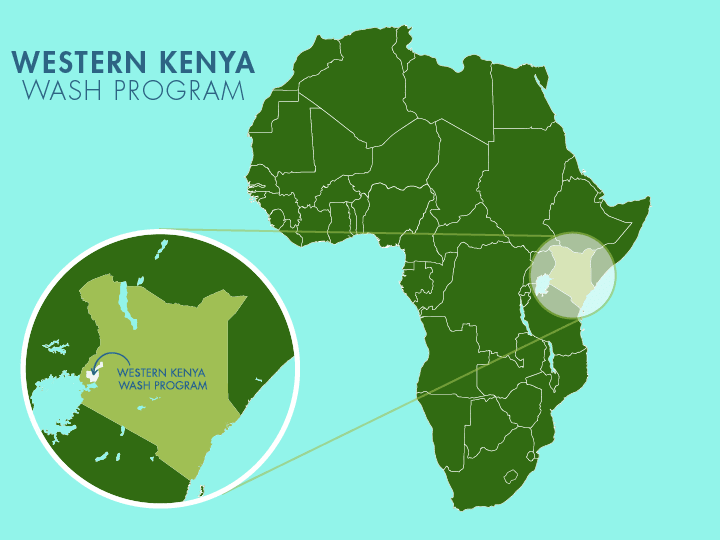
 Borehole Well and Hand Pump
Borehole Well and Hand Pump
 Rehabilitation Project
Rehabilitation Project

